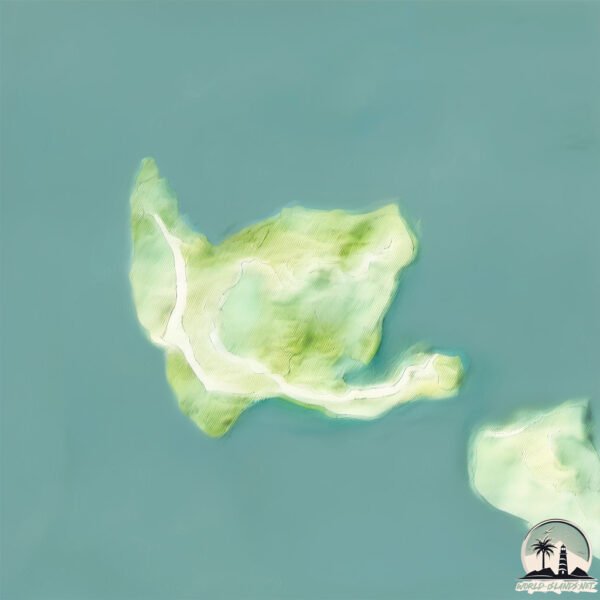Welcome to Baki , a Tropical island in the North Atlantic Ocean, part of the majestic Atlantic Ocean. This guide offers a comprehensive overview of what makes Baki unique – from its geography and climate to its population, infrastructure, and beyond. Dive into the details:
Geography and size of Baki
Size: 1.678 km²Coastline: 10.3 kmOcean: Atlantic OceanSea: North Atlantic OceanContinent: Africa
Baki is a Small Island spanning 1.7 km² with a coastline of 10.3 km.
Archipel: –
Tectonic Plate: Africa – One of the world’s largest tectonic plates, covering the African continent and parts of the surrounding oceans, known for its stability with some active rift zones.
The geographic heart of the island is pinpointed at these coordinates:
Climate and weather of Baki
Climate Zone: TropicalClimate Details: Tropical Monsoon ClimateTemperature: Hot
Climate Characteristics: Characterized by heavy rainfall, high humidity, and uniformly high temperatures, but with a distinct short dry season. It features a seasonal reversal of prevailing wind directions.
Topography and nature of Baki
Timezone: UTC±00:00Timezone places: Europe/LisbonMax. Elevation: 1 m Mean Elevation: -2 mVegetation: Evergreen Broadleaf ForestTree Coverage: 96%
The mean elevation is -2 m. The highest elevation on the island reaches approximately 1 meters above sea level. The island is characterized by Plains: Flat, low-lying lands characterized by a maximum elevation of up to 200 meters. On islands, plains are typically coastal lowlands or central flat areas.
Dominating Vegetation: Evergreen Broadleaf Forest
Vegetation: 5 vegetation zones – Highly Diverse Island
Infrastructure and Travelling to Baki
Does the island have a public airport? no .
Does the island have a major port? no .
The mean population of Baki is 80 per km². Baki is Gently Populated. The island belongs to Sierra Leone .
Continuing your journey, Sherbro is the next notable island, situated merely km away.
What if Pickle woke up on Peter Jackson's Skull Island | Grappler Baki King Kong What If
I apologize that this video took so long. I've been sick so that's why my voice in the audio sounds a bit like shit here and there. Baki ...
What if Pickle woke up on Peter Jackson's Skull Island | Grappler Baki King Kong What If
I apologize that this video took so long. I've been sick so that's why ...
I apologize that this video took so long. I've been sick so that's why my voice in the audio sounds a bit like shit here and there. Baki ...
localização secreto baki island anime puching
salve galerinha,mais um vídeo para vocês agora com a localização do ...
salve galerinha,mais um vídeo para vocês agora com a localização do secreto da Baki Island,se gostaram deixa o like e se ...
anime punching simulator update baki island secret egg location
i found it.
i found it.
Sierra Leone is classified as Least developed region: Countries that exhibit the lowest indicators of socioeconomic development, with the lowest Human Development Index ratings. The level of income is Low income.
News – Latest Updates and Headlines from Baki
Stay informed with the most recent news and important headlines from Baki. Here’s a roundup of the latest developments.
Loading...
Please note: The data used here has been primarily extracted from satellite readings. Deviations from exact values may occur, particularly regarding the height of elevations and population density. Land area and coastline measurements refer to average values at mean high tide.

